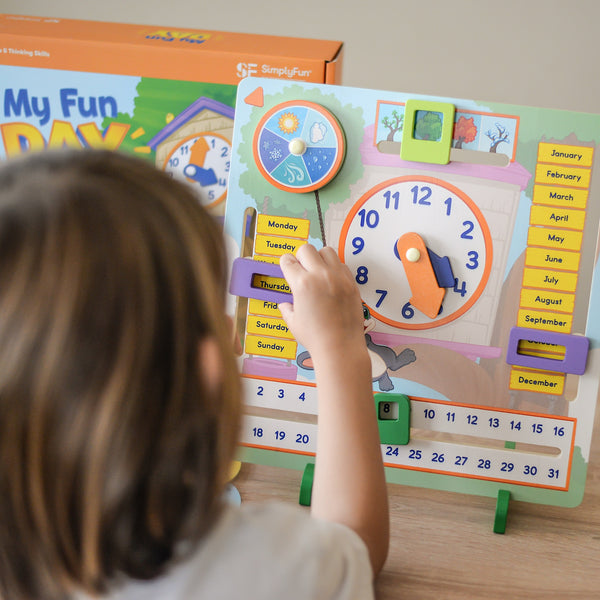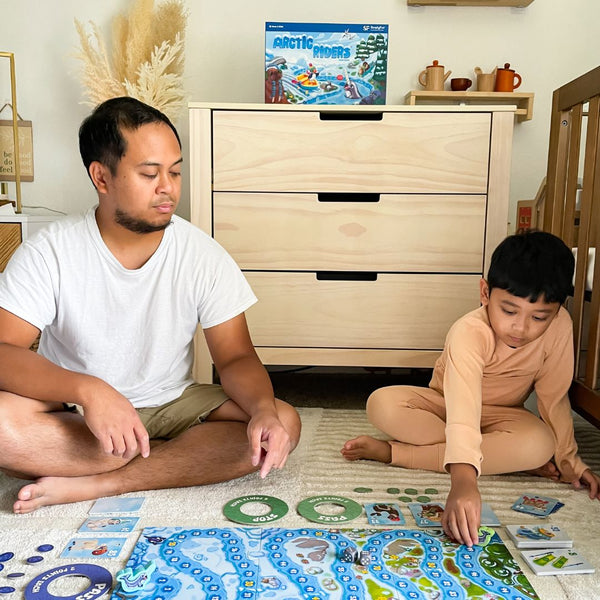What is Developmentally Appropriate Practice?

Developmentally Appropriate Practice (DAP) and Early Childhood Development.
The National Association for the Education of Young Children (NAEYC) defines developmentally appropriate practice (DAP) as “methods that promote each child's optimal development and learning through a strengths-based, play-based, approach to joyful, engaged learning”. The term is widely used to delineate the philosophy and processes that should guide early education from birth to eight years of age. Basic principles upon which DAP is based acknowledge that there are commonalities in development across children from different cultures and backgrounds that can act as a basis for planning curriculum.
However, it also recognizes that individual differences exist in how and when children develop various abilities. Programs need to individualize their curricula to take these individual differences into consideration.
Both biological and environmental variations contribute to each child’s individuality. Social and cultural contexts are foundations of development and learning and need to be taken into consideration when designing programs to meet the needs of young children and their families. Social, racial, economic, linguistic, and many other factors all play a role in how the child understands the world. A tenet of developmentally appropriate practice (DAP) is that learning is most powerful when it is meaningful to the child. To be meaningful, recognition of the child’s social and cultural background is necessary.
Developmentally Appropriate Practice and Individualized Learning Through Play.
One of the most powerful ways of learning for young children is through play. But play also needs to be individualized. Play looks different across the world and the various values of different cultures are emphasized in how play is supported. Acknowledgment of cultural and linguistic bias is an important component of (Development Appropriate Practice) DAP. It requires both introspections on the part of professionals and individualization of practices to optimize children’s opportunities to learn.

Individualization is also essential for children who are differently abled. All children have strengths, and "developmentally appropriate practices" recognize and respond to this fact by recommending assessment and teaching practices to each child’s ability and needs.
Development Appropriate Practice is a Holistic Approach to Education.
Developmentally appropriate practice also accepts the importance of holistic development, that all areas of development are interconnected.
Physical, cognitive, social, emotional, and communicative development influence each other. For example, delays in communication impact the development of social interactions and cognitive and motor skills that require comprehension of language as new skills are introduced. Motor skills influence problem-solving and social interactions as children move and investigate situations together.
Emotional and behavioral regulation abilities impact learning in all domains, as children need to control their emotions and actions. There are numerous implications of this holistic view of development. First, development assessment should consider the nature of learning in addition to the social and cultural background of the child, which influences which skills are emphasized. Assessment should highlight these influences to identify the child’s interests, abilities, and priorities for the focus of development and education. Developmentally appropriate assessment leads to the individualization of learning based on all of the information gained about all of the various contributors to the child’s development and learning.

A second holistic emphasis is on how learning takes place in each child's home, school, childcare, or center. Every activity the child participates in involves multiple areas of development, and professionals need to understand their role in individualizing and supporting the child’s learning through multiple avenues.
For example, some children need both auditory and visual input to understand what to do in an activity. Picture charts illustrating an activity sequence may help children understand the process of investigation. Children may need modification of the environment, materials, positioning, interaction patterns with the adult and/or peers, adaptive equipment, or varied types of sensory input to enhance their ability to learn. Pre-service and in-service training can assist professionals in obtaining these skills.

Third, progress monitoring, which is required in many state and federal programs to look at program effectiveness, needs to consider the family's expectations and values. Although there are developmental progressions marking skills children in a given culture usually achieved by a certain age (usually in Western cultures), these vary based on context. What is important for a child to learn in one family may be different in another. Thus, communication with families is another key component of DAP. Ongoing communication enables professionals and families to share values, experiences, goals, and strategies. Establishing trust through interpersonal engagement is needed to provide appropriate services to children and families.
Developmentally Appropriate Practice Principles.
Once in an early childhood program that follows DAP, the program should adhere to the above principles but also use research-based strategies that have been shown to result in positive outcomes.
Development Appropriate Practice Examples:
- Providing means for assessing individual children’s background, experiences, culture, language, and development in authentic, culturally appropriate ways.
- Creating a positive, caring, supportive environment for engagement and learning. This means teachers are not only nurturing but also responsive to the child’s interests, initiations, emotions, and goals.
- Having professionals who are consciously intentional about planning ways to engage children to enhance their holistic development and learning.
- Planning a curriculum that addresses important developmental goals and incorporates meaningful experiences that are individualized according to developmental and learning needs.
- Engaging families in ways that feel culturally relevant and supportive of their family’s goals and values.
These practices are supported by strategies that are inclusive of all types of diversity. All children need nurturing care and interactions, demonstrating that caregivers are interested, can interpret their needs and desires, and can respond verbally and nonverbally to their actions and behaviors. Such responsive interactions help build self-regulation and teach children that they can have control over their environment and can create their own outcomes.
Developmentally Appropriate Practice Encourages Engagement in Children.
Children learn when they are highly engaged with objects, people, and events within the environment. Thus, it is incumbent upon professionals to ensure that children are provided stimulating and personally meaningful opportunities and choices throughout the day. Activities that motivate children to physically participate, interact socially, and communicate are important components of DAP. Children need activities that inspire them to investigate and discover possibilities and alternative outcomes. They benefit from activities that enable them to expand their thinking and react in emotionally healthy ways to their experiences. Children learn from slightly complex challenges within their capacity to understand or overcome them. Professionals who can gauge these challenges and provide the scaffolding needed for success enable children to build their self-confidence and set higher goals for themselves. Developmentally appropriate practices emphasize the need for individualized interactions that support enthusiastic involvement on the part of each and every child.
These values are inherent in activities such as open-ended art projects that don’t require each child to make the same picture. They are evident is science projects where children experiment with real seeds and dirt or study live insects. They are present on nature walks and outdoor games and adventures. They can be seen when children build a dinosaur museum with real tools or act out being a shoe salesperson reading sizes on shoe boxes. They are present when children are responsible for setting up and serving snacks for their peers. The values also are manifest in the inclusion of the child with autism in each of the previously mentioned activities.
In addition to what happens in the classroom or caregiving environment, the importance of family engagement in DAP cannot be underestimated. The more families understand and are meaningfully engaged in their child’s education, the more positive outcomes can be expected.
Working with families to integrate family and school values, home and school goals, and home and school activities can provide a support system for both elements of the child’s learning system. Consistent goals, continuity of approach, and consistent communication contribute to the child’s progress in development and learning.
In summary, developmentally appropriate practice is now recognized as an evidence-based approach to education of young children. The approach acknowledges the importance of play to learning and that facilitating play through scaffolding is a critical component of education. Individualization within DAP recognizes differing interests, levels of ability, varying cultural and linguistic needs, and distinct approaches to learning. All children and families are unique, and their differences are to be appreciated and responded to in ways that enhance development and learning.
About the Author

Dr. Toni Linder is a leader in the field of early childhood development and early childhood special education. She works with children of diverse backgrounds and ability levels, including children that are gifted and talented, who have disabilities or come from backgrounds of poverty, and those from multicultural backgrounds.



